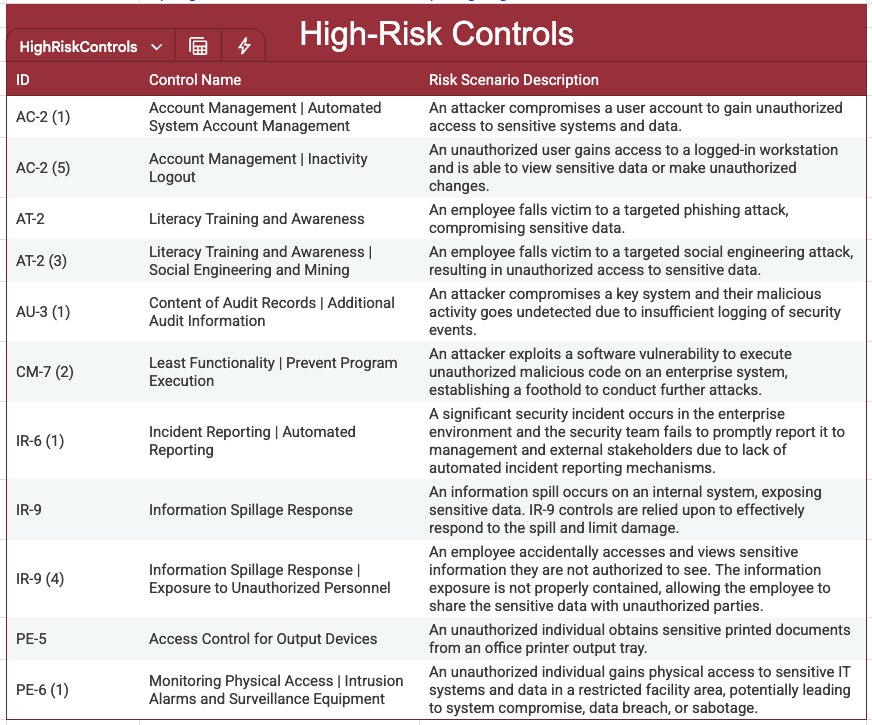
Part 1: FedRAMP Needs a Security Ledger—Not Just a Checklist
FedRAMP Needs a Security Ledger—Not Just a Checklist, Part 1
By Irina Denisenko, CEO of Knox Systems
FedRAMP has long set the benchmark for cloud security compliance in the public sector. But its current structure—based on periodic assessments and voluminous documentation—struggles to reflect real-time risk and operational truth. What’s missing is not just a better checklist. What’s missing is a Security Ledger.
Just as blockchain introduced the concept of an immutable ledger to prove ownership in crypto, a Security Ledger would establish a tamper-proof, transparent record of an organization’s control posture: Are you compliant or not—and with what level of confidence?
But unlike public blockchains, this ledger isn’t visible to the world. Access is strictly limited to the parties who need to validate the system's security:
- The Cloud Service Provider (CSP)
- The consuming Agency(ies)
- The authorized Third-Party Assessors (3PAOs)
No one else. This is a permissioned ledger, designed for shared trust between verified participants, not public exposure.
But security controls aren't binary. In practice, compliance lives on a spectrum. Some controls are fully satisfied, others only partially. Evidence decays. Systems drift. Risk must be constantly re-evaluated. That’s where Bayesian reasoning comes in. By applying Bayes' Theorem to control assessment—drawing from the excellent work by Stephen Shaffer—we can quantify our belief in the effectiveness of each control and update it continuously based on new observations.
So how do we build this?
The answer lies in Prometheus—the open-source monitoring system that already powers observability at scale across the cloud. Prometheus is built for high-volume, time-series data and excels at continuously scraping, storing, and querying metrics. It's an ideal foundation for a risk-adjusted compliance telemetry layer.
Imagine a system where every FedRAMP control has a corresponding set of observable metrics—scraped, labeled, and stored over time using Prometheus. These metrics feed into a Bayesian model that computes dynamic confidence scores for each control. When paired with a cryptographically verifiable ledger system, this becomes a living, breathing compliance profile: a Security Ledger that is transparent, provable, and grounded in operational reality.
At Knox, we’re building toward this future—one where compliance is not a static report, but a living signal. Powered by open standards like Prometheus and informed by probabilistic models, this is how we transform trust: from paperwork to math.
Stay tuned for Part 2, where our CTO will deep-dive into how Knox envisions the mechanics behind risk-adjusting control confidence using Bayesian inference—and how we ensure the immutability and auditability of that data using Amazon Aurora PostresSQL. We’ll walk through how likelihood ratios are assigned, how evidence is evaluated in real time, and why open-sourcing the control model is essential to building trust in the next era of FedRAMP.




